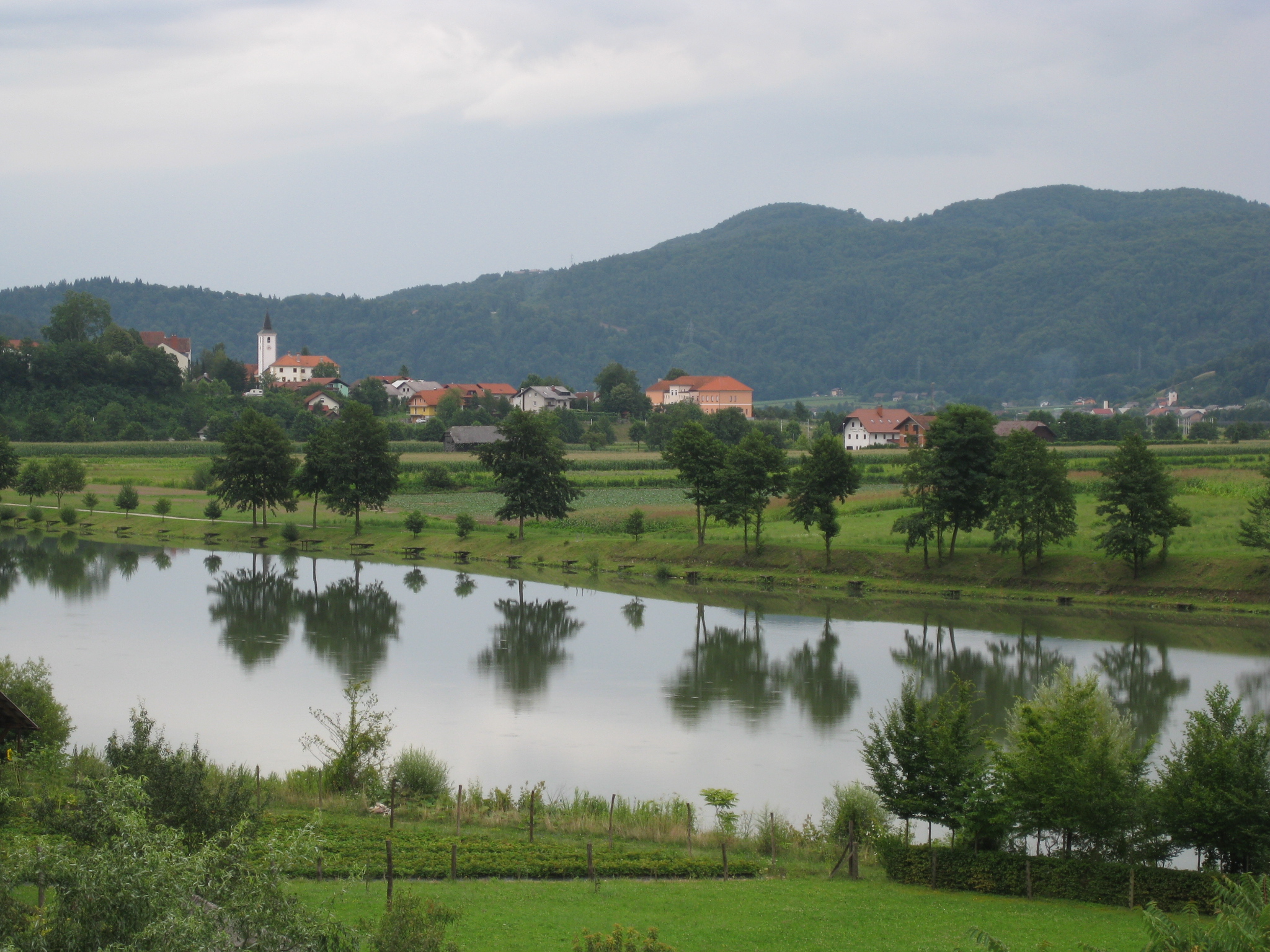|
Moravče Valley
The Moravče Valley is a geographical feature in Central Slovenia. Geography A part of the Posavje folds, the Moravče valley reaches to Moravče and is composed of sediments of Tertiary period, tertiary nature. Of predominance are various sandstones, sands and Miocene, Miocene Era marlaceous clays. Beneath the rock, layers exist of mostly dolomized limestone, dolomites and Early Jurassic and Upper Triassic limestone. References {{coord missing, Slovenia Valleys of Slovenia ... [...More Info...] [...Related Items...] OR: [Wikipedia] [Google] [Baidu] |
Posavje Folds
The Lower Sava Valley (, also ''Spodnje Posavje'' and ''Posavska regija'') is a region in southeastern Slovenia on the border with Croatia. It has three major urban centres: Brežice, Krško, and Sevnica. Its borders are almost identical with those of the Lower Sava Statistical Region. It extends along the lower part of the Sava River, from the town of Krško downstream to the international border. With an area of 885 km2 (4.4% of Slovenia) and a 2003 population of 70,262 (79 inhabitants per km2 in 409 settlements), it is Slovenia's second-smallest region and one of its least densely populated ones. The neighbouring regions are the Savinja region to the north, the Central Sava Valley () to the west, and Lower Carniola to the south. The constituent municipalities are Krško, Brežice, Sevnica, Kostanjevica na Krki, Radeče, and Bistrica ob Sotli. The Lower Sava Valley is a popular tourist destination, prized for its rich cultural heritage, thermal spas, high-quality wines, ... [...More Info...] [...Related Items...] OR: [Wikipedia] [Google] [Baidu] |
Tertiary Period
The Tertiary ( ) is an obsolete Period (geology), geologic period spanning 66 million to 2.6 or 1.8 million years ago. The period began with the extinction of the non-bird, avian dinosaurs in the Cretaceous–Paleogene extinction event, at the start of the Cenozoic, Cenozoic Era, and extended to the beginning of the Quaternary glaciation at the end of the Pliocene, Pliocene Epoch. The Tertiary has not been recognised by the International Commission on Stratigraphy (ICS) since the late 1980s, with the timespan of the Tertiary now being split in to the earlier Paleogene and the more recent Neogene periods, though the Tertiary continues to be used in some scientific publications. Historical use of the term The term Tertiary was first used by Giovanni Arduino (geologist), Giovanni Arduino during the mid-18th century. He classified geologic time into primitive (or primary), secondary, and tertiary periods based on observations of geology in Northern Italy. Later a fourth period, t ... [...More Info...] [...Related Items...] OR: [Wikipedia] [Google] [Baidu] |
Miocene
The Miocene ( ) is the first epoch (geology), geological epoch of the Neogene Period and extends from about (Ma). The Miocene was named by Scottish geologist Charles Lyell; the name comes from the Greek words (', "less") and (', "new") and means "less recent" because it has 18% fewer modern marine invertebrates than the Pliocene has. The Miocene followed the Oligocene and preceded the Pliocene. As Earth went from the Oligocene through the Miocene and into the Pliocene, the climate slowly cooled towards a series of ice ages. The Miocene boundaries are not marked by distinct global events but by regionally defined transitions from the warmer Oligocene to the cooler Pliocene Epoch. During the Early Miocene, Afro-Arabia collided with Eurasia, severing the connection between the Mediterranean and Indian Oceans, and allowing the interchange of fauna between Eurasia and Africa, including the dispersal of proboscideans and Ape, hominoids into Eurasia. During the late Miocene, the conn ... [...More Info...] [...Related Items...] OR: [Wikipedia] [Google] [Baidu] |

